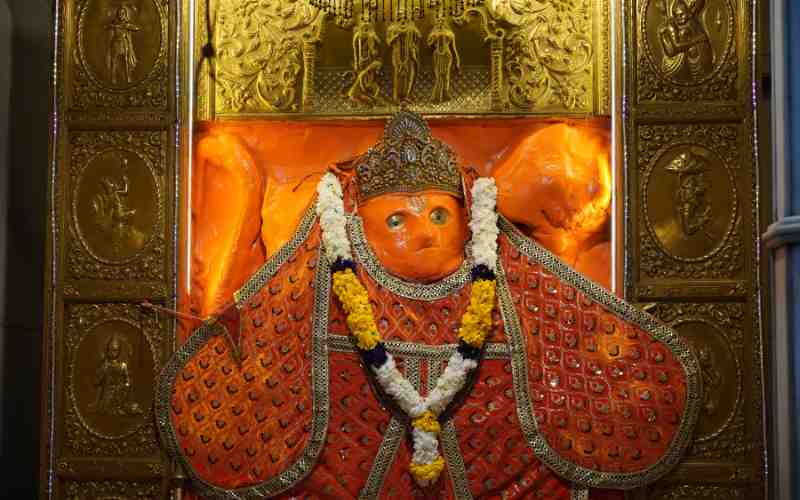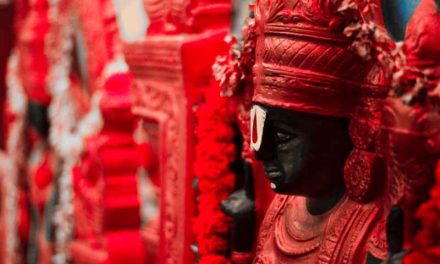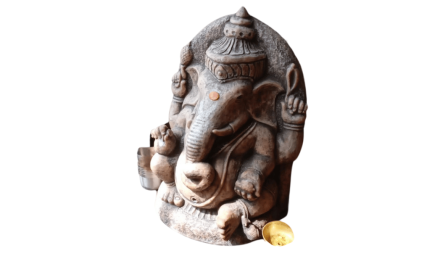In the vast tapestry of ancient Indian spiritual literature, the Upanishads stand out as profound repositories of wisdom, exploring the nature of reality, the self, and the ultimate truth. Among these mystical texts, the Turiyatita Upanishad occupies a special place as it delves deep into the concept of non-duality, or Advaita. In this blog, we will journey into the heart of the Turiyatita Upanishad and explore its teachings on the experience of non-duality.
The Essence of Non-Duality
Non-duality, known as Advaita in Sanskrit, is a foundational concept in Indian philosophy and spirituality. It asserts that the ultimate reality is one undivided, unchanging, and indivisible consciousness or existence, often referred to as Brahman. Non-duality suggests that the perceived separation between the individual self (Atman) and the universal consciousness (Brahman) is an illusion.
The Turiyatita Upanishad: An Overview
The Turiyatita Upanishad is a concise yet profound text that expands upon the concept of non-duality. It explores the nature of reality, the self, and the supreme reality, often using metaphorical language to convey its insights. The Upanishad teaches that the true essence of an individual is beyond the physical, mental, and even spiritual realms.
The Four States of Consciousness
Central to the Turiyatita Upanishad’s teachings is the exploration of the four states of consciousness:
- Wakefulness (Jagrat): In this state, we are aware of the external world through our senses. It is the most familiar state of consciousness, where we experience the material world and our individual identity.
- Dreaming (Swapna): In the dreaming state, the mind creates its own internal reality. Dreams unfold, and we may experience various scenarios, emotions, and perceptions, often unrelated to our waking life.
- Deep Sleep (Sushupti): Deep sleep is a state of profound rest where the mind is mostly inactive. In this state, we experience a temporary cessation of the sense of self and the external world.
- Turiya (Transcendence): Turiya is the state of pure consciousness beyond the other three states. It represents the realization of non-duality, where the individual self (Atman) recognizes its oneness with the supreme reality (Brahman). It is the state of ultimate awakening and self-realization.
Beyond Words and Concepts
The Turiyatita Upanishad emphasizes that non-duality cannot be fully grasped through language or intellectual understanding. It transcends all conceptual frameworks and defies description. It is an experiential truth that can only be realized through direct, non-dual experience.
Meditation and Self-Realization
Meditation is a key practice recommended in the Turiyatita Upanishad to attain the state of Turiya. Through meditation, one can quiet the mind, transcend the limitations of the ego, and touch the realm of pure consciousness. It is in this state of profound stillness and presence that the experience of non-duality becomes accessible.
The Relevance Today
In a world often marked by division, conflict, and material pursuits, the teachings of the Turiyatita Upanishad remain relevant. They invite us to look beyond the surface of existence and discover the profound interconnectedness of all life. The experience of non-duality fosters a deep sense of unity, compassion, and inner peace.
Conclusion
The Turiyatita Upanishad is a spiritual gem that illuminates the path to non-dual realization. It teaches us that the ultimate truth is not a distant concept but a living reality that can be experienced. By exploring the four states of consciousness and diving into the state of Turiya through meditation and self-inquiry, we can transcend the illusions of separateness and taste the sweet nectar of non-duality. In the quiet depths of our own being, we may discover the profound truth that we are not separate from the vast, eternal ocean of consciousness, but rather an inseparable part of it.





